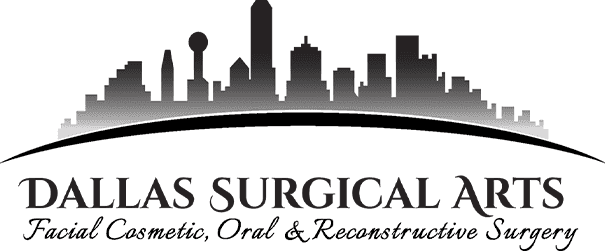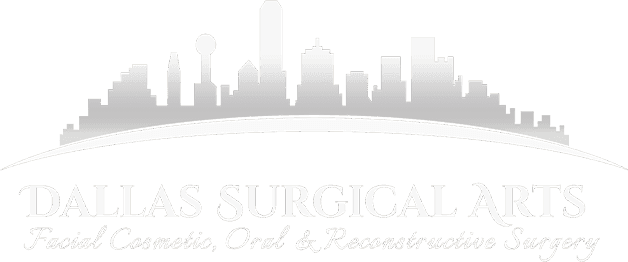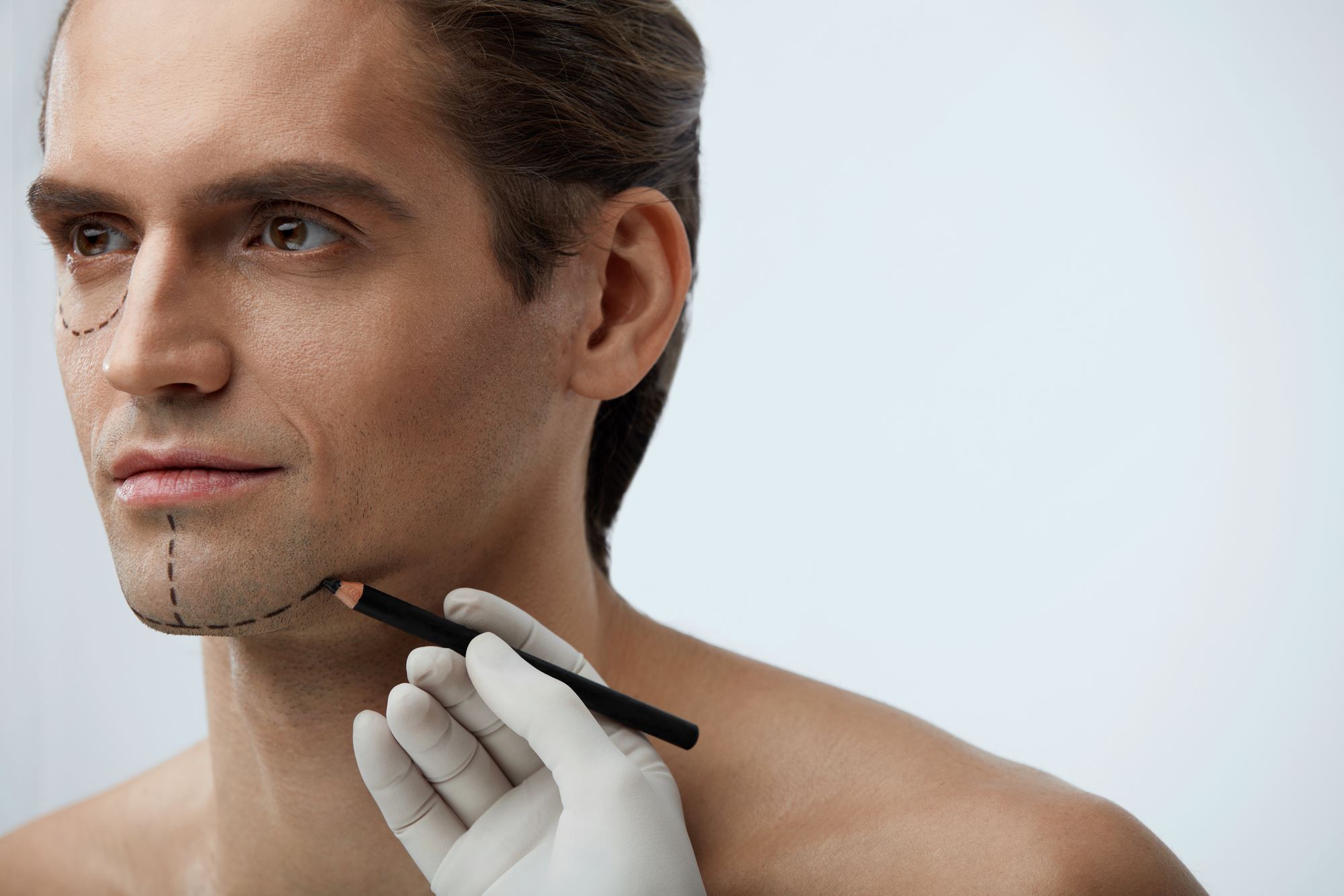Chin reshaping is a procedure designed to enhance the overall balance and appearance of your face. It is commonly used to address facial asymmetry and can also refine the appearance and shape of the face. For example, chin reshaping can help create a more defined jawline or improve the proportions of your face, contributing to a more youthful and harmonious look.
While there are many potential benefits to facial reshaping, it’s important to first understand your natural face shape and identify the specific changes you’d like to achieve. Keep reading this guide to explore more about the process and how it can help you reach your aesthetic goals!
Narrow Down Your Face Shape
The best way to figure out your face shape for reshaping is to take a close look at yourself in the mirror. Pull your hair away so you can get a good look at your forehead, cheeks, and jawline. Typical face shapes include:
Oval. If your face is roughly the same width from forehead to chin, with gentle curves and no sharp angles, you have an oval face shape. Oval faces are considered to be the ideal shape.
Round. If your face is categorized as round, it will be pretty wide as it is long, with soft, curved lines. Most people may want to add more angles to their face shape when they find their face to fit the round shape.
Rectangle. If your face is longer and more rectangular, you have a rectangular face shape. To balance out a rectangular face, people request the opposite of a round face and desire to have some angles soften.
Diamond. If your face is roughly the same width as the forehead and chin, with sharp angles and narrow middle, you have a diamond face shape. To soften the angles of a diamond face, it's possible to round out certain features.
Heart. If your face is somewhat wider at the forehead and chin, with a narrow middle, you have a heart face shape. To balance out a heart face, the chin and jawline are typically altered.
Compare the Face Length and Width
The next thing you'll want to do is compare the face length and width. Measure from your forehead to your chin and then from one side of your face to the other. Most people aim to have these areas more or less the same size.
Figure Out What to Emphasize
Once you've identified your face shape and measurements, it's time to figure out what features to emphasize and what to downplay. Some people may want to have a more defined chin and jawline, which is possible to achieve.
Look Into Reshaping Procedures
If you desire to make more drastic changes to your face shape, there are a few surgical and non-surgical procedures that can help. Surgical procedures like chin implants or cheek implants can help to create more definition in the face.
Changing and reshaping your face can have many benefits. For one, it can help you look more youthful and attractive. Additionally, it can also help you look more symmetrical, which can be important for social interactions.
Interested in chin reshaping? Dr. Sanovich of Dallas Surgical Arts provides cosmetic facial plastic surgery, including facelifts, eyelid surgery, and more in Dallas, TX. Get in touch with us today!


